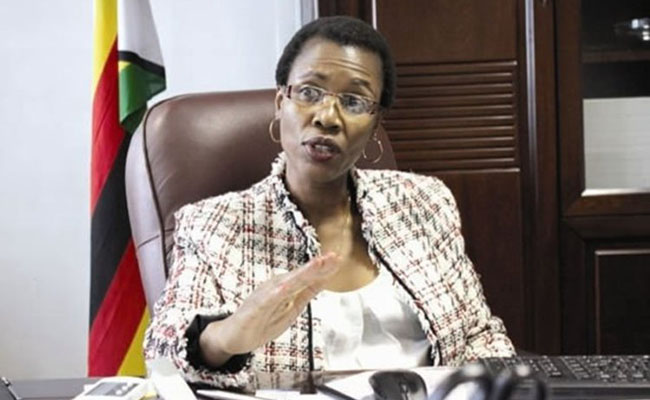
eBusiness Weekly

Business Writer/NewZiana
The government is pacing up expansion of the country’s electricity generation to keep up with increasing
demand, and ensure power shortages do not constrict future economic growth, Ministry of Energy and Power Development permanent secretary, Gloria Magombo, said on Wednesday.
Magombo said a number of power generation projects were coming on stream, which should substantially increase domestic electricity supply.
Demand for power was increasing at rates in tandem with economic growth, putting pressure on the country to speed up development of domestic power generation.
At best of times, when all generating units are efficiently in motion, the country has a domestic supply shortfall of 300 megawatts, which increases to 400 megawatts if, and when some of the units were
down.
Excluding imports, the deficit goes up to 500 megawatts, a huge gap which government wants closed to avoid the economy, predicted to remain on the current strong growth trajectory for sometime, falling prey to power shortages.
“The country is developing, and developing very fast, and this means we have to provide the power to sustain this growth,” Magombo said.
“Unfortunately, power projects have a long gestation period, but most of what we have lined up will fortunately not take that long to come to fruition,” he added.
The centrepiece of the government’s power generation development is the construction of the US$1.5 billion Hwange 7 and 8 units, which will add a whopping 600 megawatts to the national grid.
Unit 7, which is between 87 to 90 percent complete, goes into testing mode in June this year, and expected to start full commercial operation in November, adding 300 megawatts.
The second unit, Hwange 8, will start trials in November, and become fully operation early next year, adding another 300 megawatts.
Magombo said this will substantially increase domestic supply of electricity, but with demand growing in the range of over seven percent annually, additional generating capacity is urgently needed to keep pace.
Several other power generation projects, albeit smaller, are either also underway, on the drawing boards or nearly at ground-breaking stage, she said.
Among these is the planned life-extending rehabilitation of Hwange units 1 to 6, to be financed by a
US$310 million Indian financing facility already secured.
Hwange unit 1 to 4 have an installed power generating capacity of 120 megawatts each, but because of degeneration of the plants over the years, output is far lower.
Units 5 and 6, on the other hand, have an installed production capacity of 220 megawatts, but suffer the same fate due to plant degeneration.
Magombo said the planned rehabilitation of the units will enable them to generate to capacity, or slightly more, and their life-spans extended by up to ten years.
Work on the projects, which will be done in phases, is expected to start next year, and completed by 2025, at the earliest.
The government is also due to start rehabilitating the Bulawayo thermal power plant, at a cost of US$110 million, again secured from India.
On the other hand, Magombo said potential investors were being scouted for the Harare and Munyati power stations, currently idle, as part of efforts to increase domestic power generation.
The three have the potential of adding a combined 300 megawatts if fully restored, which could be a significant contribution to achieving power self-sufficiency.
“We have huge demand coming up, and this is a challenge weighing heavily on the mind of the government, and this Ministry in particular,” Magombo said.
She cited, to stress the urgency of developing new power sources, the huge Chinese iron and steel project under construction in Chivhu which alone will require up to 500 megawatts.
In addition to its own power projects, the government has also licenced several privately-owned ventures, mainly solar-based.
Like the government ones, some of these have either just come on stream, or are underway, or at ground-breaking stage or on the drawing board.
One of those that have just come on stream is a 50 megawatt Chinese-owned thermal power plant in
Hwange, and several hydro and solar projects in Nyanga, Hwange and Harare.
“All this we are doing either as government or the private sector, has one goal – building up capacity for local supply of power,” Magombo said.
“We don’t want a situation where our economic turn-around which we all have been looking for, for so long, to be slowed down or made impossible because of unsolved power problems,” she added.
The country’s power needs currently stand at around 2 000 megawatts, against domestic generation of about half the figure, leaving a wide gap partially being filled by imports from South Africa, Zambia and
Mozambique.



